O(n^3)
Each i would be run n*(n+1)/2 times which gives Triangular numbers. Well, to be more exact, it would be run (n-2)*(n-1)/2, but that's the same O notation.
If you start with n=3, you get 1 run.
Every time n goes up, you get what you had before, plus (n-2).
But, of course what you need is the sum of all these, that's called triangular pyramidal and it's n*(n+1)*(n+2)/6 which is O(n^3).
Sorry my last answer incorrectly didn't sum over i and so under counted.
Update with additional explanation
A good place to start is with small n cases.
For example, at n = 3, the loop runs once, since i is 1~3, j is 2~3 and k is only 3.
When we move to n = 4, then j is 2~4 and k is 3~4. On the j = 2 run, k runs twice, and on the j = 3 run, k runs only once. That's 3 runs total.
Of course, we can't keep running through all the possibility like this, so I made an excel sheet. For any given n, what i, j, and k values occur.

First, start with an n. They are in green. For any n, what i values are possible? They are listed under i so that any i that's right of an n will happen. For example, at n = 7, the possible values for i are [7, 6, 5, 4, 3]. Ok, so now we know which i values will happen, next what j values will happen for any given i? I decided to be verbose here. For every i, I listed all the possible j values next to it. Let's say we're looking at n = 7 still. One possible i value in that case is 5. When i = 5, then we can see the possible j values are [4, 3, 2]. Ok, getting close now. For each of those j values, how many times will k run? Well, k will always run one fewer time than j, so in the k column, this is the value I wrote.
With all this is written out, now it's time to work backwards and summing up as we go. Let's zero in on n = 7, i = 5, j = 3, k = 1 or 2, I marked that cell in blue. There are 2 possible values for k at this j value. For this i = 5 value, there are 3 possible j values, namely 4, 3, and 2. Summing up the times k runs for each of these, we get 3 + 2 + 1 = 6 which we see in the i total column. The last step is to sum up all the i values that happen for any given n. If n = 7, then we have to sum up all the i values in [7, 6, 5, 4, 3] which is 15 + 10 + 6 + 3 + 1 or 35.
The final step is finding a general solution. We can see that to find i total we are summing up all integers from 1 to (i-2). Then to find the n total we are summing up the i totals. Well, summing up all integers from 1 to x gives Triangular numbers, as I mentioned before, and summing up Triangular numbers gives Triangular pyramidal numbers. The formula for that is n*(n+1)*(n+2)/6. In this case, we start from n = 3 so this particular case would be (n-2)*(n-1)*(n)/6. Plugging in some n values to this matches our hand-derived values. With O notation, we can basically strip out constants, so it would be n * n * n or O(n^3).
This is basically representing a 4D array in excel, so I understand it's not clear at first glance, but if you step through, I think you'll find each step stands. I'm open to corrections or better explanations.
